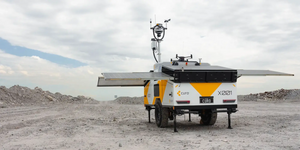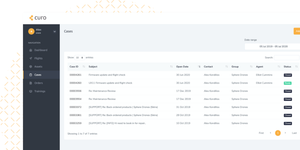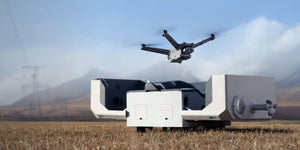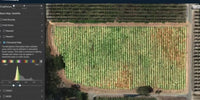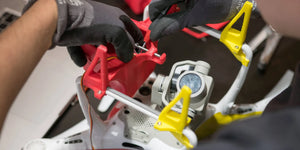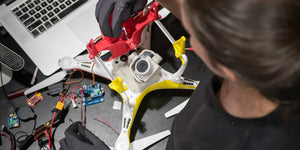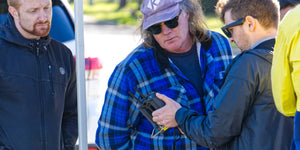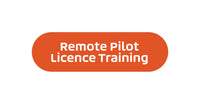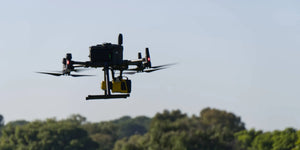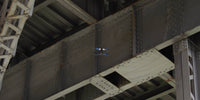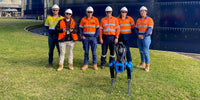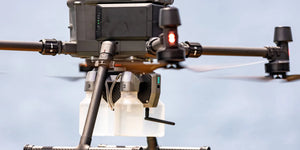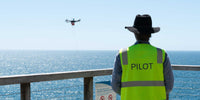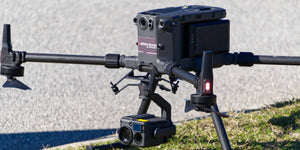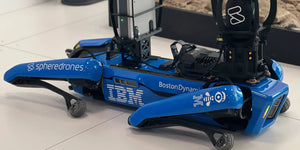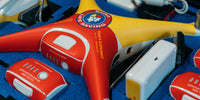DJI Inspire 2 (w/o camera and gimbal)
- Professional Image Quality
- Efficient Process
- Detect and Avoid
- Pro Projector
- Intelligent Flight Modes
- Smart Return to Home
- Video Transmission System
- Considerable Flight Performance
- Increased Reliability
- Improve Performance with Professional Acessories
Image quality, power and intelligence to meet the needs of professional filmmakers and enterprises around the globe.
How Long Does Postage Take?
- You place an order.
- Processing time (1-2 business days) [This can sometimes be longer, depending on product availability].
- Shipping time 1-6 business days depending on your location.
- Package arrives at your door.
Most times of the year, we will ship your order within 2-5 business days from the time you placed it. During busy seasons it can take longer, and shipping time estimates will be slightly longer. Domestic hipping generally takes about 1-6 business days after your order is created, processed, and shipped within Australia. International shipping generally takes 7-14 business days. We ship all of our packages out of Australia and exact shipping time is based on your proximity to our location.
Do You Ship Worldwide?
Yes! We ship to most countries in the world. Packages shipped to international addresses generally take 7-14 business days to arrive after your order is processed. Note that often orders will be passed to and delivered by your country's local post office. We ship from Australia. For more information about the locations, we ship to, please contact us on +61293180566 or email us info@spheredrones.com.au.
What Carriers Do You Use?
Here at Sphere Drones, we use a number of shipping carriers depending on the nature of the order. Below is a list of carriers we currently use and the shipping options.
Residential Options:
- Free Shipping on orders $499.01+
- $10 Flat Rate Shipping on orders below $199
- $15 Flat Rate Shipping on orders above $199.01 and below $499
- Australia Post Express Post
- Australia Post Parcel Post
- DHL Express
Commercial Options:
- Free Shipping on orders $499.01+
- $10 Flat Rate Shipping on orders below $199
- $15 Flat Rate Shipping on orders above $199.01 and below $499
- Australia Post Express Post
- Australia Post Parcel Post
- DHL Express
- TNT Overnight Express
- TNT Road Express
Pickup Options:
- Warehouse Pickup (Sydney Only)
We also use FEDEX, TNT and DHL to service our international clients. For more information on shipping and handling, please contact us on 1800 549 821 or email us info@spheredrones.com.au.
Talk to us about DJI Inspire 2 (w/o camera and gimbal)
For inquiries or more information, please fill out the form below, and our team will contact you as soon as we can.
